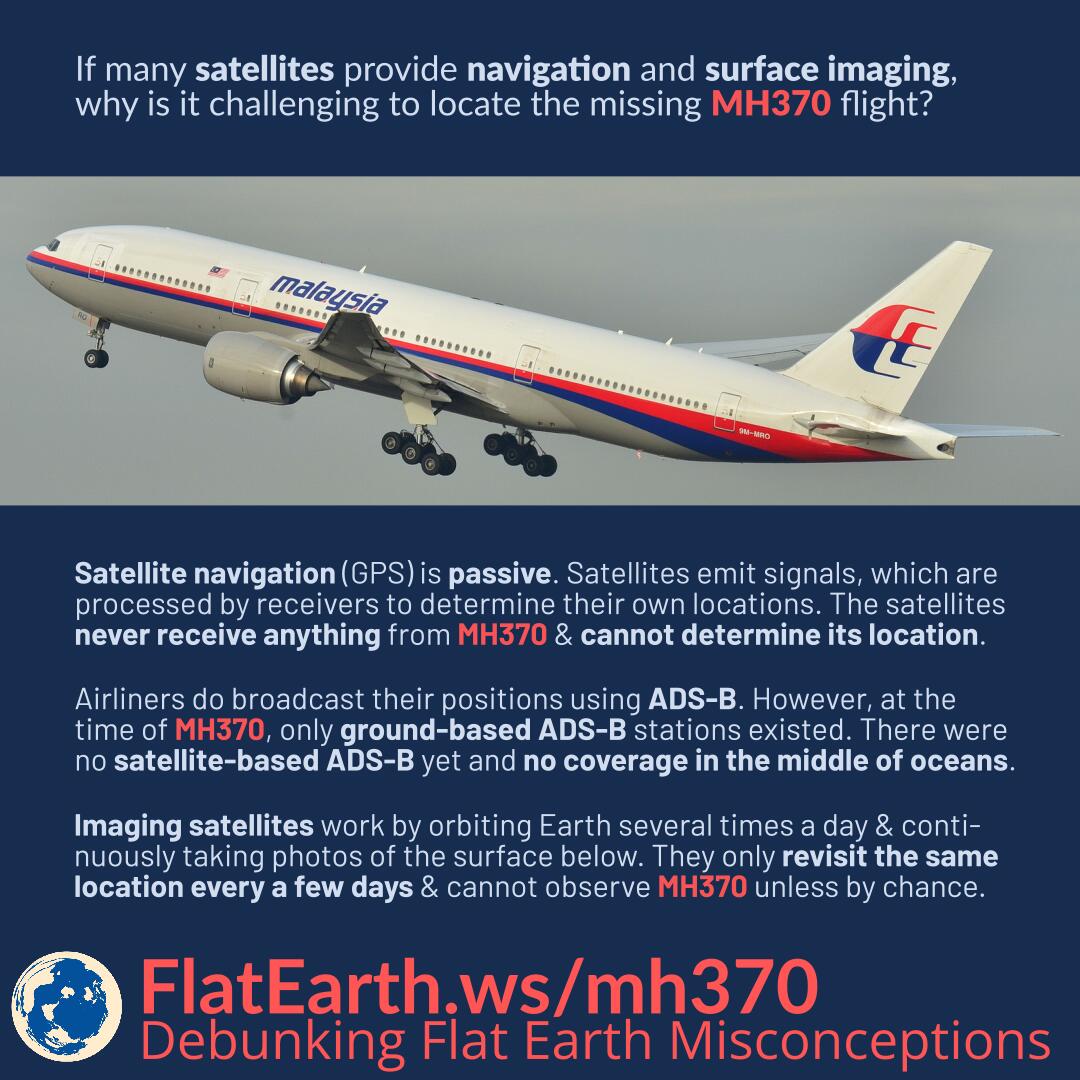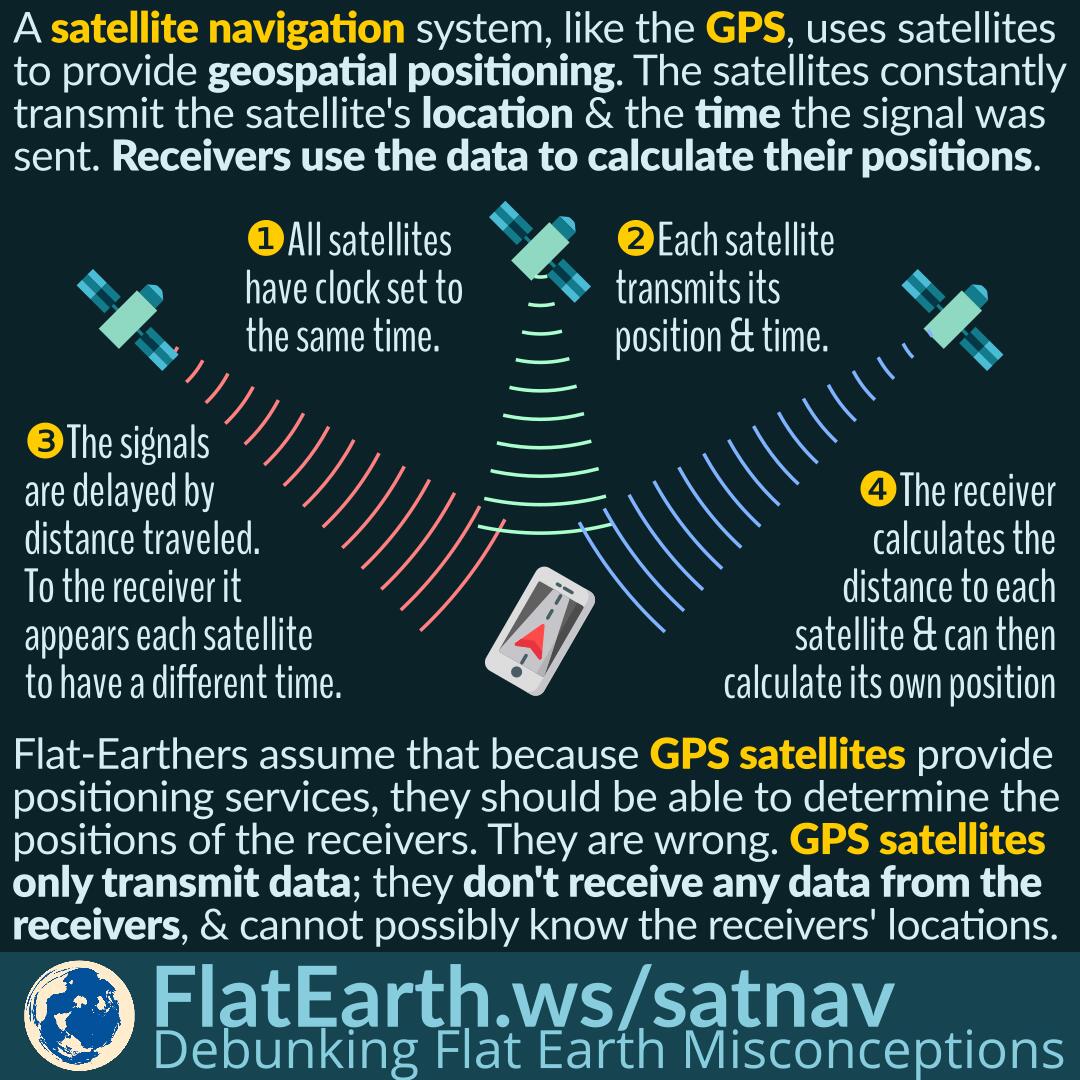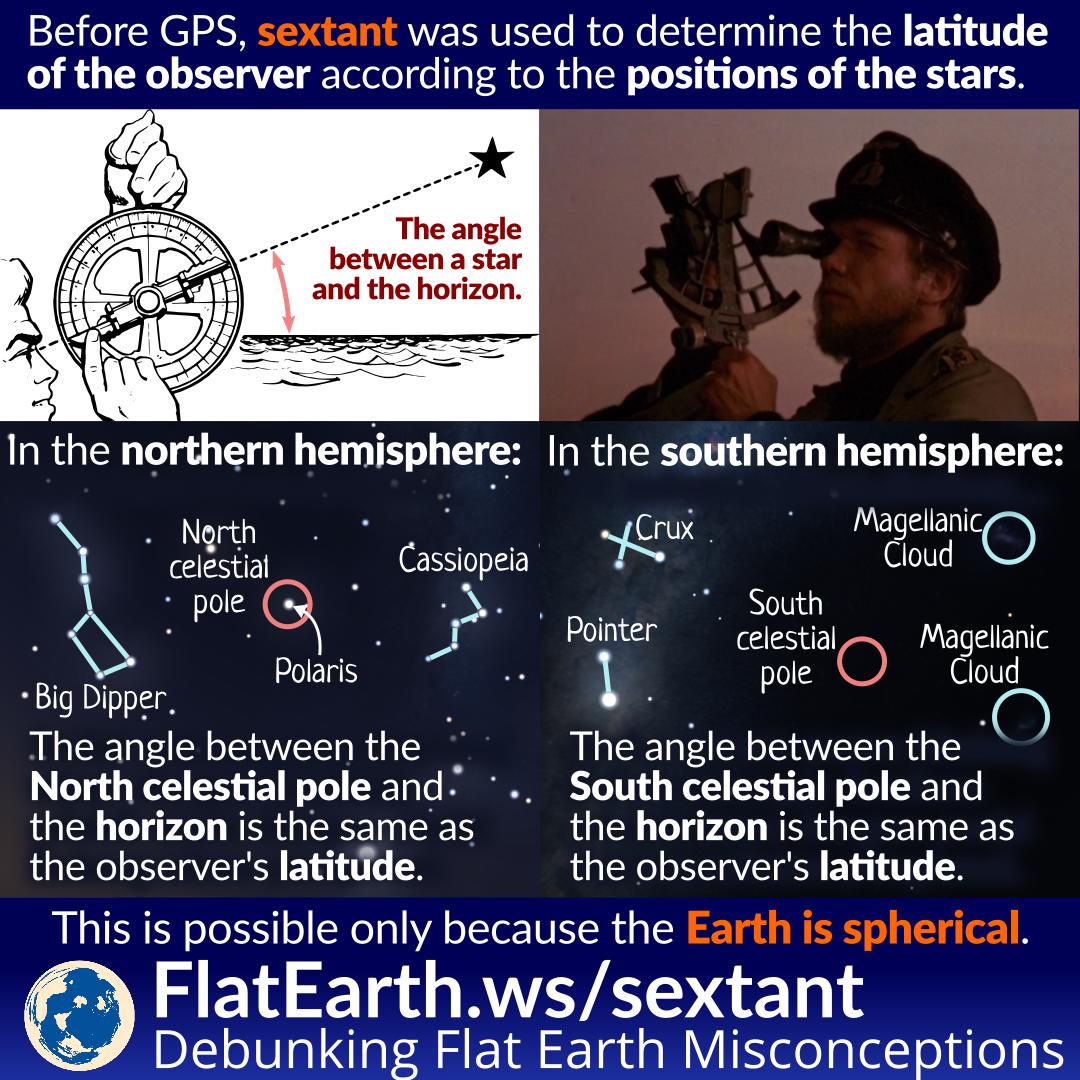If many satellites provide navigation and surface imagery, why is it challenging to locate the missing MH370 flight?
Satellite navigation, including GPS, is passive. Satellites emit signals, which are processed by receivers —including those on board the MH370— to determine their own locations. The satellites never receive anything from MH370 and cannot determine its location.
Airliners do broadcast their positions using ADS-B. However, at the time of MH370, only ground-based ADS-B stations existed. There were no satellite-based ADS-B receivers yet, and no coverage in the middle of oceans.
Continue reading “Why It is Difficult for Satellites to Locate the Missing MH370 Flight”







